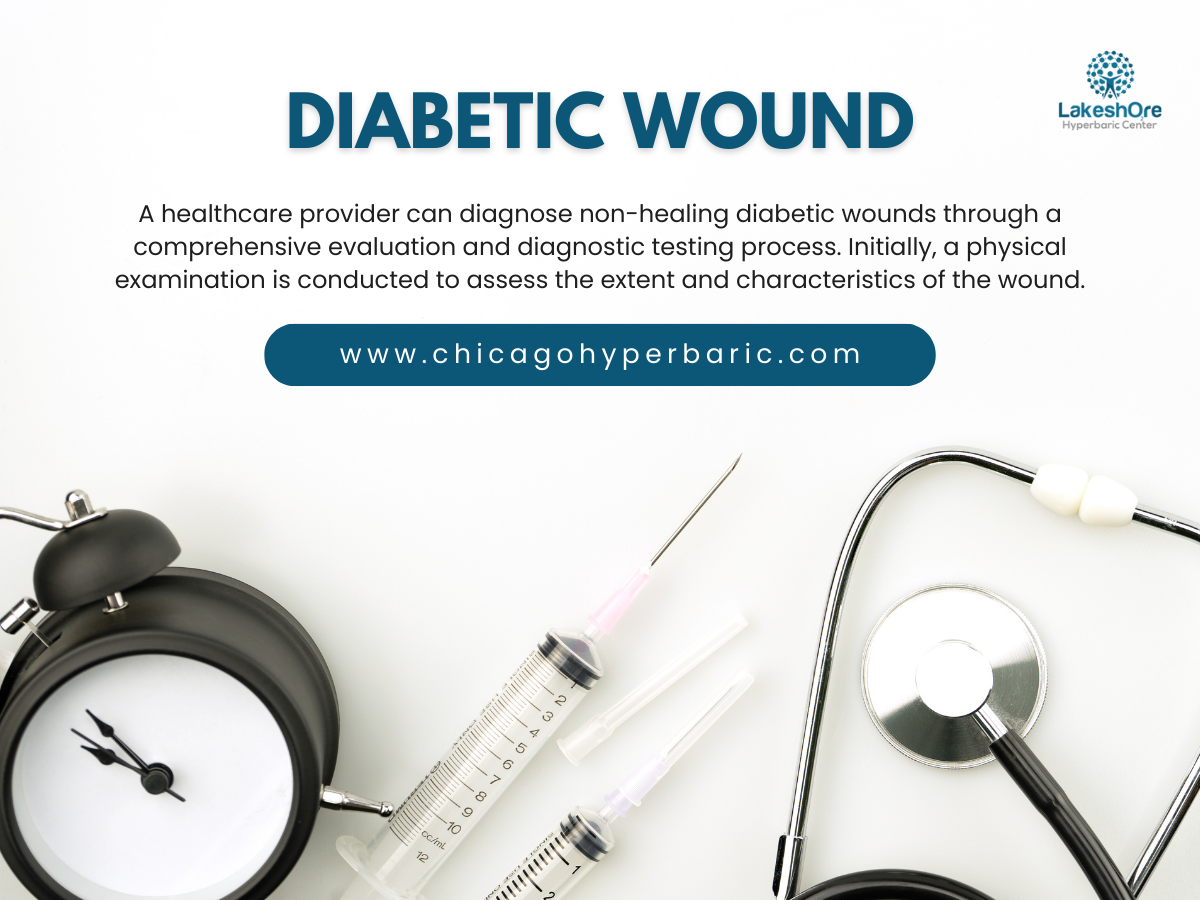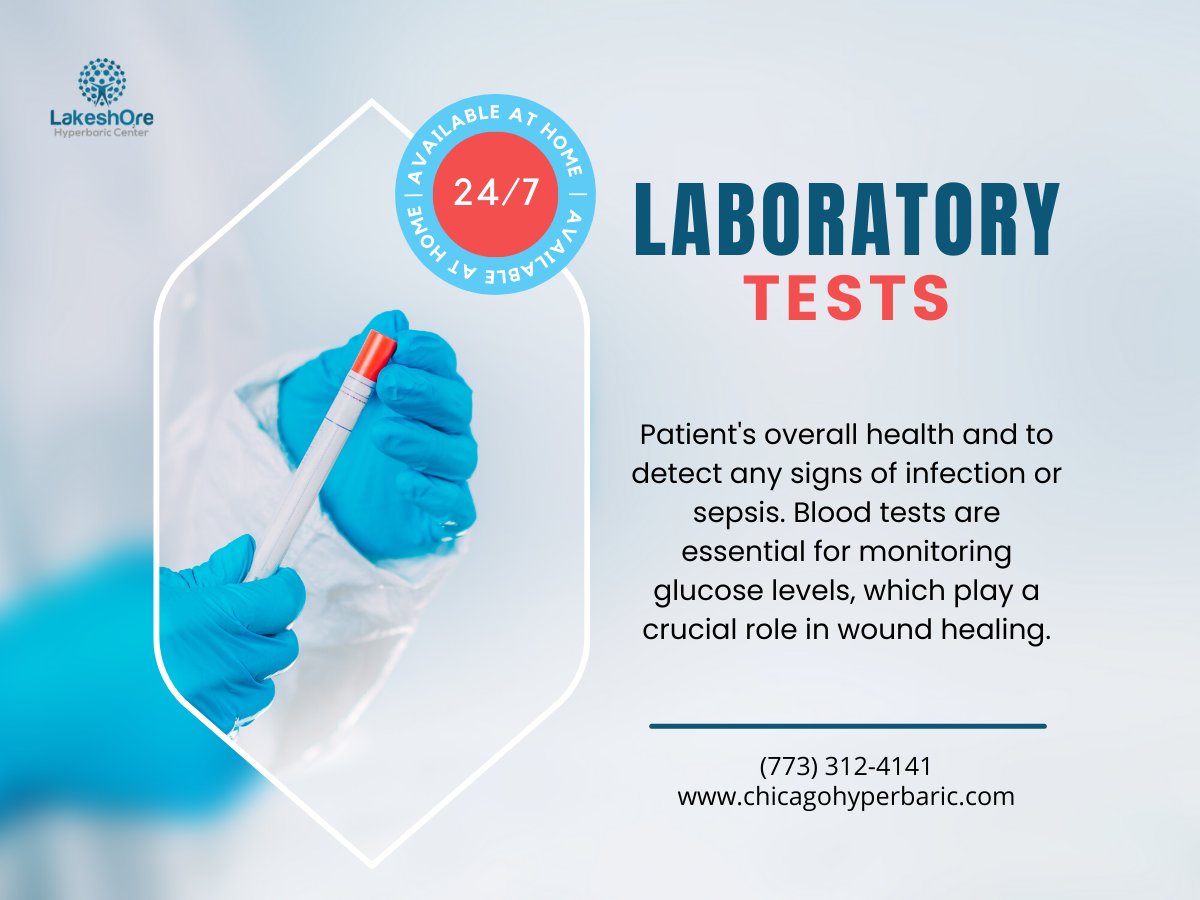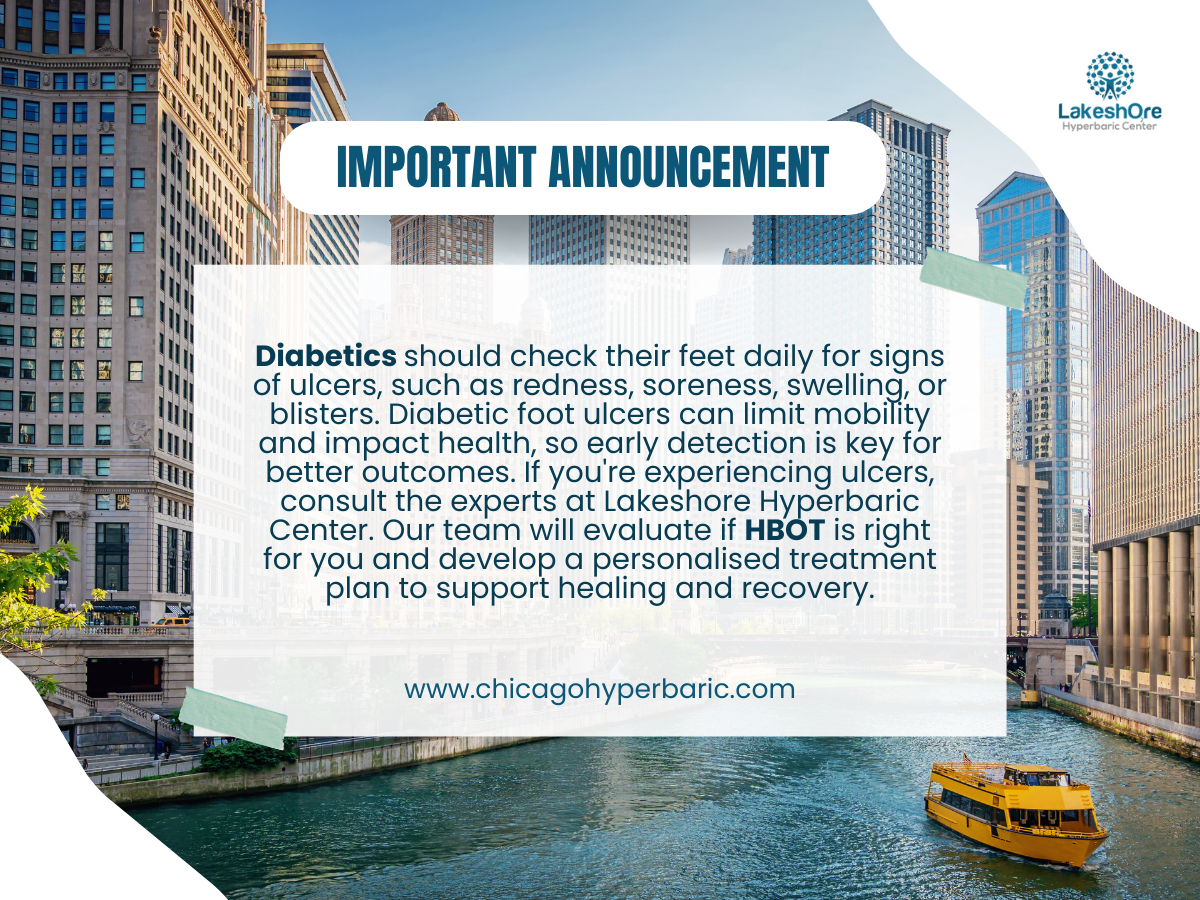Hyperbaric Oxygen Therapy Wound Healing Effectiveness
Diabetes is a widespread disease that affects how the body manages blood sugar. In the US, about 37.3 million people live with diabetes, and nearly 96 million adults have prediabetes. These numbers are likely to increase.
People with diabetes can face complications with their heart, kidneys, hearing, vision, and feet, among other critical body parts. A common problem for those who don’t manage their diabetes well is foot ulcers.
Hyperbaric oxygen therapy wound healing effectiveness has been demonstrated in various studies, showing significant improvements in treating diabetic foot ulcers.
Until recently, healing diabetic wounds was a slow process. However, hyperbaric oxygen therapy has shown promising results. Keep reading to learn more about how this therapy helps heal wounds effectively.

Diagnosing Non-Healing Diabetic Wounds
A healthcare provider can diagnose non-healing diabetic wounds through a comprehensive evaluation and diagnostic testing process. Initially, a physical examination is conducted to assess the extent and characteristics of the wound.
Research highlights hyperbaric oxygen therapy wound healing effectiveness by enhancing tissue oxygenation, promoting angiogenesis, and accelerating recovery.
Imaging Studies
imaging studies such as X-rays, ultrasounds, or Magnetic Resonance Imaging (MRI) may be employed to identify underlying complications related to the wound, including bone fractures, blood clots, circulatory problems, or inflammation.

Laboratory Tests
Laboratory tests are performed to assess the patient’s overall health and to detect any signs of infection or sepsis. Blood tests are essential for monitoring glucose levels, which play a crucial role in wound healing.
Skin Biopsy
In certain cases, a skin biopsy may be necessary to rule out malignancy or other pathological conditions. This procedure involves the removal of a small sample of skin tissue for microscopic examination. A biopsy can also help guide the selection of appropriate antibiotic therapy based on the specific microbial infections present.
Bone Scan
A bone scan might also be recommended to evaluate the involvement of deeper structures beneath the wound. This imaging technique is particularly useful in detecting osteomyelitis or other deep tissue involvement that may not be apparent through other diagnostic methods.

Hyperbaric Oxygen Therapy – How Does the Body React?
Even with proper care, diabetic foot ulcers can be challenging to heal. These ulcers may lead to chronic infections or necessitate amputation. People who lose a toe or foot may have trouble moving around and being comfortable in their daily lives.
A greater concentration of oxygen is applied to the damaged tissues during hyperbaric oxygen therapy (HBOT). This higher oxygenation aids in controlling the body’s inflammatory response and decreasing swelling.
- HBOT can increase antibiotic efficacy in the following ways:
- Encouraging the development of new blood vessels
- Stimulating the release of the body’s stem cells
- Potentially reducing recovery time
Furthermore, HBOT has been demonstrated to enhance quality of life, lessen discomfort, and facilitate the management of non-healing wounds. Offering considerable therapeutic benefits, this medication is a useful adjuvant in the management of severe diabetic ulcers.
Studies – Evidence of the Effective of HBOT
A 2021 study analyzing previous clinical research on hyperbaric oxygen therapy (HBOT) for diabetic wounds found that patients receiving HBOT had higher rates of complete healing and lower rates of major amputations.
A publication in the World Journal of Diabetes, available through the U.S. National Library of Medicine, further discusses the use of HBOT as a treatment for diabetic foot ulcers.
The report states that this comprehensive therapy can alleviate tissue hypoxia and edema, enhance angiogenesis and erythrocyte deformability, exert antimicrobial effects, and augment fibroblastic activity.
For patients struggling with chronic ulcers, hyperbaric oxygen therapy wound healing effectiveness makes it a vital addition to diabetes management strategies.
Important Message from Lakeshore Hyperbaric Center – Chicago
Diabetes sufferers need to take extra care of their feet and check them every day for symptoms of ulcers. Here are some indicators to keep an eye out for:
- Redness
- Soreness
- Swelling on the underside of the feet
- Appearance of blisters
Diabetic foot ulcers can make daily life very difficult by limiting mobility and affecting general health, so it’s important to catch these symptoms early. Early recognition makes it easier to get involved, which can improve treatment results.
If you are a diabetic experiencing foot ulcers, consider scheduling a consultation with experts at Lakeshore Hyberbaric Center.
Our knowledgeable staff will assess whether HBOT may be beneficial for your condition. If required, we will create a customized treatment plan for you and suggest other therapies to speed up your healing and raise your chances of recovery.
Read More: Using Hyperbaric Oxygen Therapy to Treat Delayed Radiation Injuries
Read More: How HBOT for Viral Infections Helps in Recovery?
Read More: HBOT for Depression: The Impact of HBOT on Mental Health




